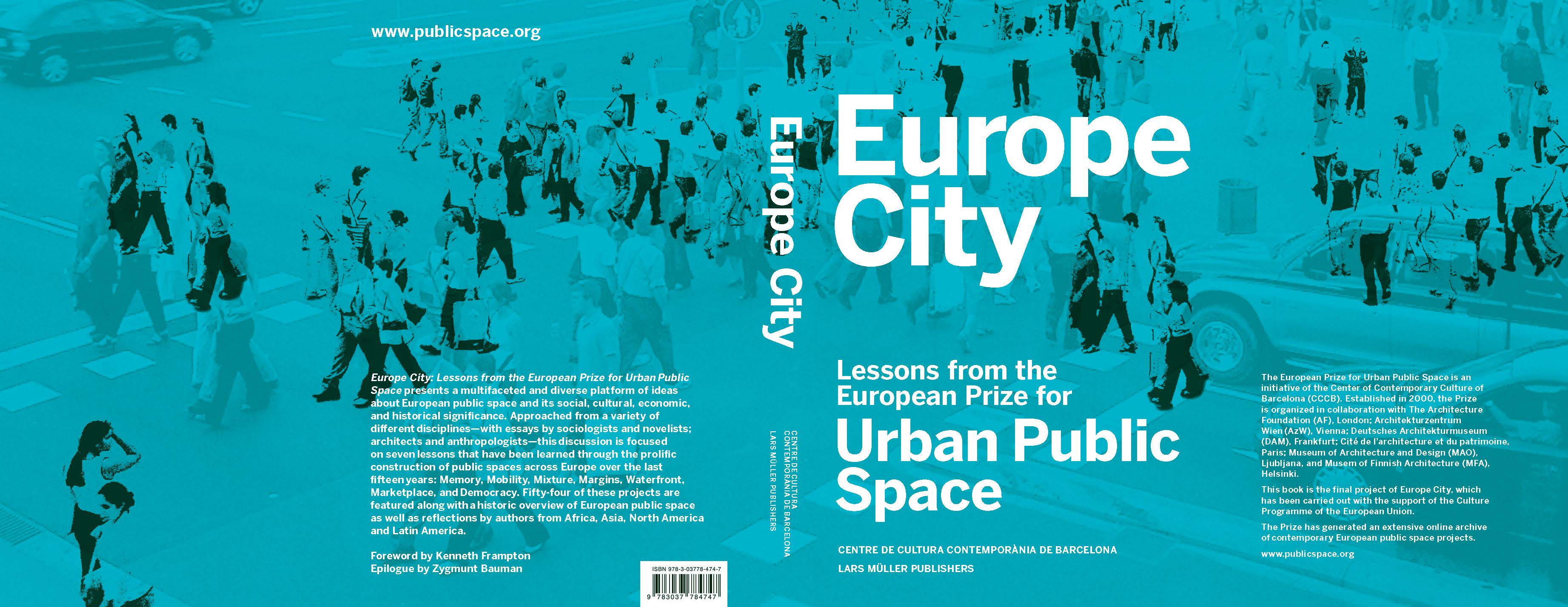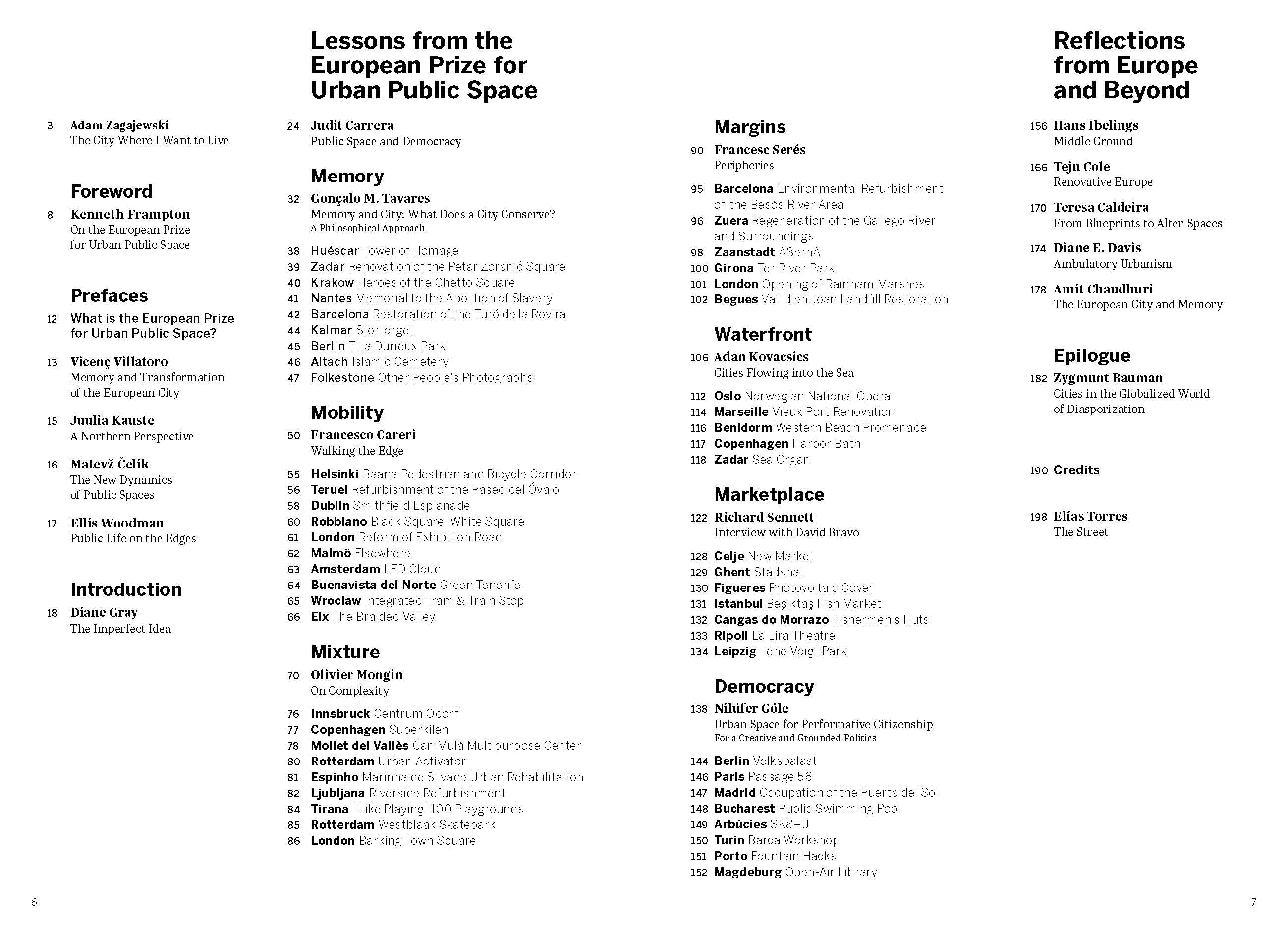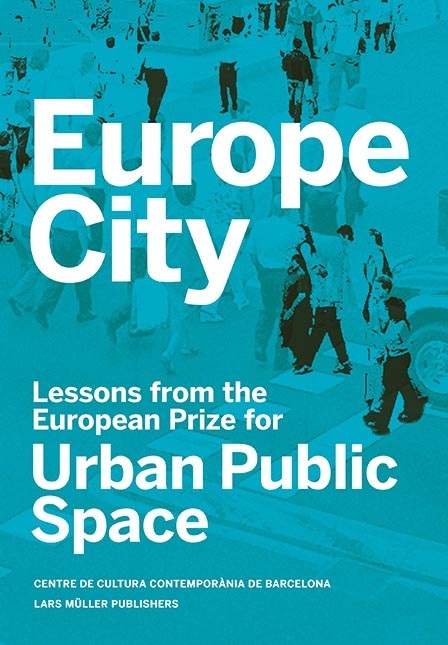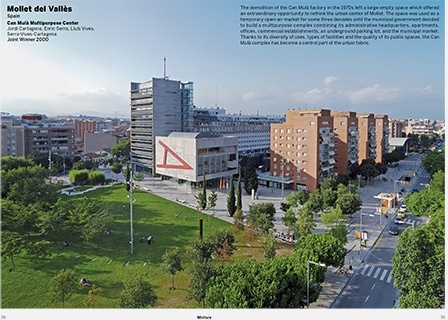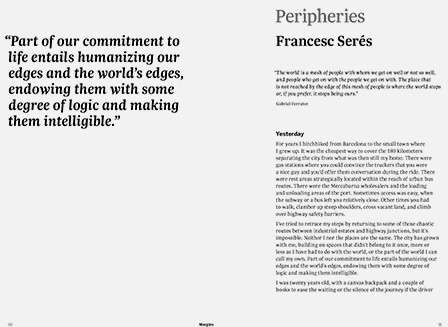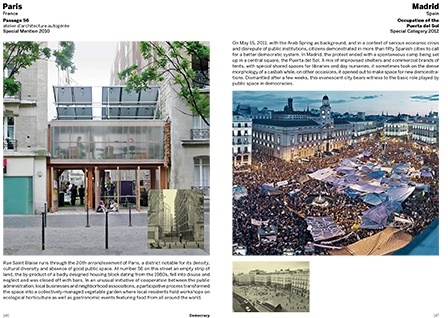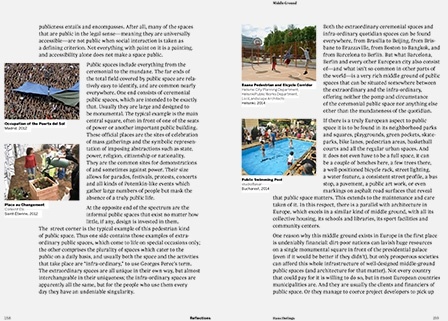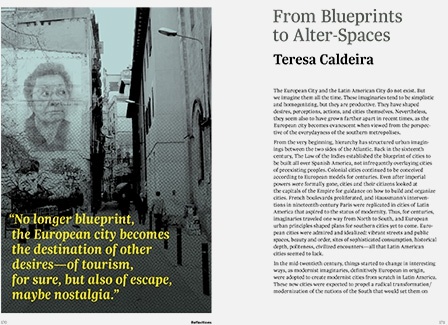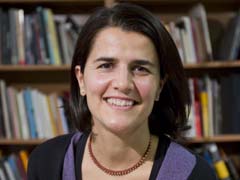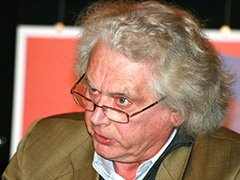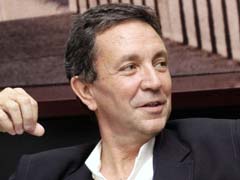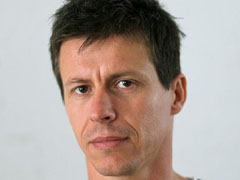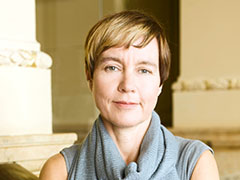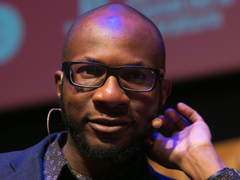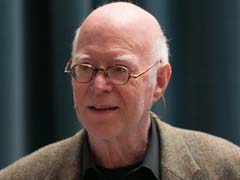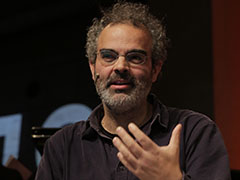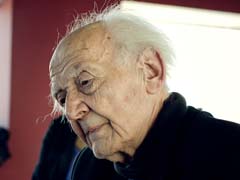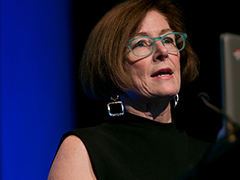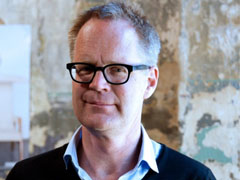Europe City: Lessons from the European Prize for Urban Public Space is a compendium of lessons learnt from the first eight awards (2000-2014).
The European Prize for Urban Public Space has just published a new book which compiles the lessons learnt from its first eight awards (2000-2014). Titled Europe City: Lessons from the European Prize for Urban Public Space (Europa Ciutat: Lliçons del Premi Europeu de l'Espai Públic Urbà),the volume is jointly published by the Centre of Contemporary Culture of Barcelona and the publishing house Lars Müller Publishers.Supervised by the architect Diane Grey, it was supported by the Museum of Finnish Architecture, the Museum of Architecture and Design (MAO, Ljubljana) and the Architecture Foundation (AF, London). This book has been published under the auspices of the “Europe City” initiative, as part of the European Union Culture Programme.
For years now and true to the spirit of the Prize, its archive has been making known hundreds of examples of good practice in the democratising transformation of European cities. This book has now been published with the aim of going beyond the archive’s empirical and fragmentary nature by drawing conclusions from all its material. This means discovering what major challenges face our cities and the extent to which they can be dealt with in just, sensible or, in other words, democratic ways. The Polish sociologist, Zygmunt Bauman, states in the Epilogue that public spaces have the task of facing the greatest challenge of our times, namely ensuring that human coexistence is based on cooperation in the best interests of the common good. As he puts it:
"There is no guarantee of the full and final success of public spaces; even less of the instant and immediately tangible effects of their labor. It is in the light of this predicament and these prospects that the CCCB’s initiative to monitor the fate of public spaces and fully investigate their developing potential acquires such tremendous significance, as well as bringing the results of their fifteen-year-long research to the people whose future depends on public spaces’ ongoing story; that is, to all of us."
Europe City: Lessons from the European Prize for Urban Public Space brings together more than fifty of the interventions presented for the Prize, grouping them into seven main areas which are presented by different authors. Hence, the Portuguese writer Gonçalo M. Tavares takes a philosophical perspective to approach the question of memory, which obliges our long-lived cities to cope with traumatic pasts and offensive oblivion. The Rome-based architect Francesco Careri presents the chapter on mobility, a source of great injustice and folly which needs to be reconsidered. The chapter on mixture, on how necessary it is for the European city to preserve the blend of uses and incomes which has always been part of its DNA, is introduced by the French writer and philosopher Olivier Mongin. With an opening essay by the Catalan writer Francesc Serés, the section on peripheries presents the problem of increasingly disperse and segregated fringe areas, while the section on water boundaries, with a text by the translator and essayist Adan Kovacsics, considers the last remaining tangible limit left in our cities. An interview with the American sociologist Richard Sennett opens the chapter on markets, which focuses on questions of production and consumption after decades of deindustrialisation and the destruction of small businesses. Finally, the Turkish sociologist Nilüfer Göle, introduces the chapter on democracy, which presents cases of citizen participation and empowerment.
These seven chapters are headed by an article by the political scientist Judit Carrera, director of the Prize. They are then preceded by a Prologue written by the architecture historian Kenneth Frampton and an Introduction by the editor, Diane Gray. There is also a Preface with texts by Vicenç Villatoro (director of the CCCB), Juulia Kauste (director of the MFA, Helsinki), Matevž Čelik (director of the MAO, Ljubljana) and Ellis Woodman (director of the AF, London). Besides the Epilogue by Zygmunt Bauman, the core part of the book features a series of reflections from inside and outside Europe, with articles signed by the Dutch architecture critic Hans Ibelings, the New York-based writer Teju Cole, the Brazilian anthropologist Teresa Caldeira, the American urban planner Diane Davis, and the Indian writer Amit Chaudhuri. A poem by the Polish writer Adam Zagajewski titled “The city Where I Want to Live” and the illustration “The Street” by the architect Elías Torres open and close, respectively, the contents of the book, which is now on sale in English.


